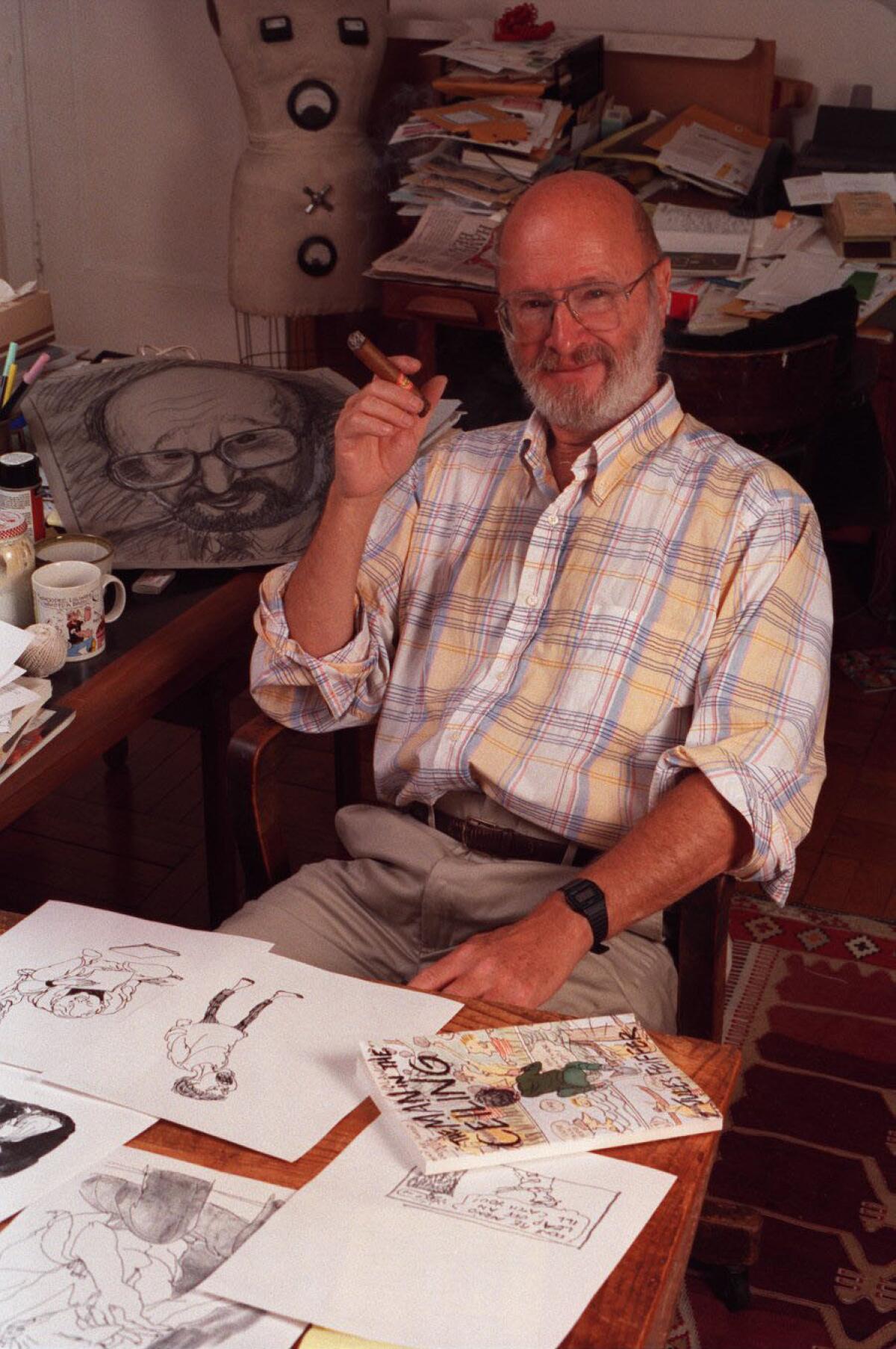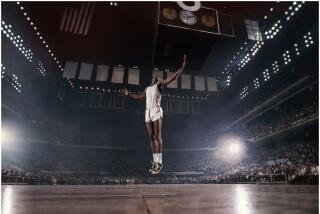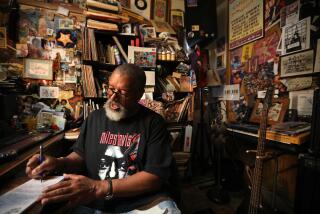Jules Feiffer goes long(form)

- Share via
Over at the New Yorker book blog Page-Turner, Jules Feiffer previews three chapters of his graphic novel “Kill My Mother,” due out in August.
The title, he tells Mina Kaneko and Francoise Mouly, “has nothing to do with autobiography. … It goes back to my early years, when I was an addict of hard-boiled crime fiction and newspaper adventure strips. If you were a child of the Great Depression, as I was, your preference was to fantasize elaborate escapes, because they were much more attractive than real life; my forms of escape allowed me to survive my real life.”
Feiffer, of course, has long been one of our most interesting and iconoclastic talents -- a comics artist, novelist and playwright. His strip “Feiffer” ran in the Village Voice for more than four decades and he collaborated with Norman Juster on the 1961 children’s classic “The Phantom Tollbooth.” (A second collaboration, “The Odious Ogre,” was published in 2010.) His vision is edgy but accessible: pointed, political, engaged.
“Kill My Mother” is, as he suggests, a throwback, a 1930s-era noir inspired by Milton Caniff and Will Eisner.
“I worked for Eisner,” Feiffer remembers, “from when I was about 15 or 16, around 1946, on and off until 1951. Toward the end, I was ghostwriting ‘The Spirit.’ Eisner found me useless as an artist, but he liked the way I wrote. He was by far the most original and inspirational comics creator of his time. And, for me, it was painfully frustrating that, no matter how hard I tried, I couldn’t learn to draw in noir style. It only took me 60 additional years to figure out how.”
As for what noir style is -- and how it differs from the rest of Feiffer’s work -- it’s hard to say. The drawings are impressionistic, but then, that has always been true of Feiffer’s art.
In the chapters posted at Page-Turner, images careen and tumble, breaking out of panel format; a boxing match is presented, across two-plus pages, as a kind of choreographed folie à deux, while a trio of tough guys (street urchins, or worse) appear almost as a single entity: hydra-headed, multi-limbed.
We can see the influence of Eisner in the way the city is represented -- rows of tenements in the background like a set. Indeed, the feeling is similar to that of Eisner’s early, groundbreaking graphic novel “A Contract with God,” which also takes place in an urban wilderness and traces a cacophony of overlapping lives.
As for the larger plot of “Kill My Mother,” the three chapters don’t reveal all that much. Yet Feiffer, who turned 85 in January, considers it more an homage than a summing up.
“I began to experiment,” he explains, “with the sort of work I loved and read as a teenager: not only Eisner and Caniff but the private-eye guys Hammett and Chandler, along with such noir movies as ‘The Maltese Falcon,’ ‘The Big Sleep,’ ‘Double Indemnity,’ and ‘Mildred Pierce.’ I tried to write and draw in celebration of the works that meant so much to me as a young man.”
ALSO:
The art of the guilty pleasure
Shelley Jackson’s winter’s tale
In ‘Dockwood,’ a geography of tiny images
More to Read
Sign up for our Book Club newsletter
Get the latest news, events and more from the Los Angeles Times Book Club, and help us get L.A. reading and talking.
You may occasionally receive promotional content from the Los Angeles Times.











